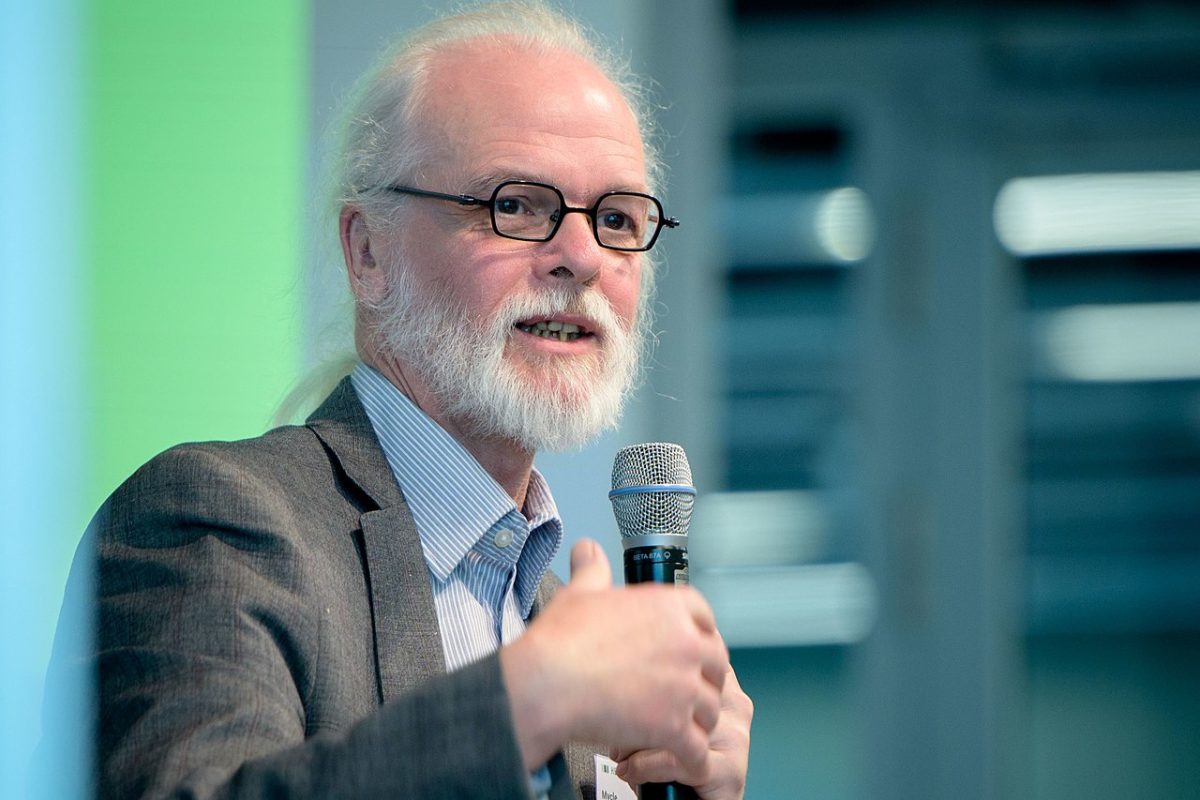The current energy crisis, triggered by the pandemic and the war in Ukraine, seems to have given some oxygen to the global nuclear energy industry, with six new reactors going online last year. That compares to none in 2020 and six in 2019.
According to the latest annual edition of the World Nuclear Industry Status Report, published by French nuclear consultant Mycle Schneider, three of the six reactors are located in China and the other three are located in India, Pakistan and the United Arab Emirates.
“Last year was a bit better in terms of power generation and construction starts,” Schneider told pv magazine. “Six reactors came online in 2021 but the closure decision was taken for ten, two of which did not generate any power since 2018, so in our statistics, they are closed retroactively in 2018.”
He said this slight upward trend cannot be described as a global rebound.
“There were 10 construction starts in 2021, including six in China, and four built by Russia,which is double the five in 2020, including four in China and one by Russia. In the first half of 2022, there were three construction starts in the world, all in China,” he said. “So it looks as if China is increasing construction again. But it is much too early to call this a trend. And outside China, absolutely nothing is happening, except for the few Russian projects – and who knows what impact sanctions will have, even if the nuclear sector is so far excluded.”
Schneider acknowledged that there is huge pressure to extend lifetimes due to the current energy crisis. And there have been some results, like in Belgium and California, for example. But he also said this may not be enough to help the industry recover, with nominal net nuclear electricity generating capacity declining by more than 0.4 GW in the year leading up to 2021.
“Technology geriatrics cannot ensure nuclear power species’ survival,” he said.
In the report, Schneider and his team of experts revealed that there have been 98 startups and 105 closures of nuclear power plants over the past two decades.
“Of these, 50 startups were in China which did not close any reactors,” the team said. “Thus, outside China, there was a net decline by 57 units over the same period; net capacity dropped by 25 GW.”
Currently, there are 411 reactors operating across 33 countries. That's four units less than last year, seven less than in 1989, and 27 less than the 2002 peak of 438.
“Nuclear production increased by 3.9% in 2021, but remained just below the 2019 level,” the report said. “China produced more nuclear electricity than France for the second year in a row and remains in second place – behind the United States – for the top nuclear power generators.”
Comparing the 2021 trajectory of nuclear power with that of renewable energy, the authors of the report noted that investments in non-hydro renewables totaled $366 billion, which is 15 times more than the investments made for the construction of nuclear power plants, which reached 8.8 GW last year.
The analysts cited recent figures from US-based Lazard showing that between 2009 and 2021, the levelized cost of energy of large-scale solar and wind fell by 90% and 72%, respectively, while that of nuclear power rose by 36%.
“In 2021, wind and solar alone reached a 10.2% share of power generation, the first time, they provided more than 10% of global power and surpassed the contribution of nuclear energy that fell to 9.8%,” they said. “The nuclear share is below 10% for the first time in four decades.”
The report also presents data on individual countries, potential emerging countries, the decommissioning of existing plants, and the current status of the small modular reactor technology. It also includes a chapter on the difficult decommissioning of the Fukushima reactor in Japan and a new section on the vulnerabilities of nuclear reactors during wars.
This content is protected by copyright and may not be reused. If you want to cooperate with us and would like to reuse some of our content, please contact: editors@pv-magazine.com.




11 comments
By submitting this form you agree to pv magazine using your data for the purposes of publishing your comment.
Your personal data will only be disclosed or otherwise transmitted to third parties for the purposes of spam filtering or if this is necessary for technical maintenance of the website. Any other transfer to third parties will not take place unless this is justified on the basis of applicable data protection regulations or if pv magazine is legally obliged to do so.
You may revoke this consent at any time with effect for the future, in which case your personal data will be deleted immediately. Otherwise, your data will be deleted if pv magazine has processed your request or the purpose of data storage is fulfilled.
Further information on data privacy can be found in our Data Protection Policy.